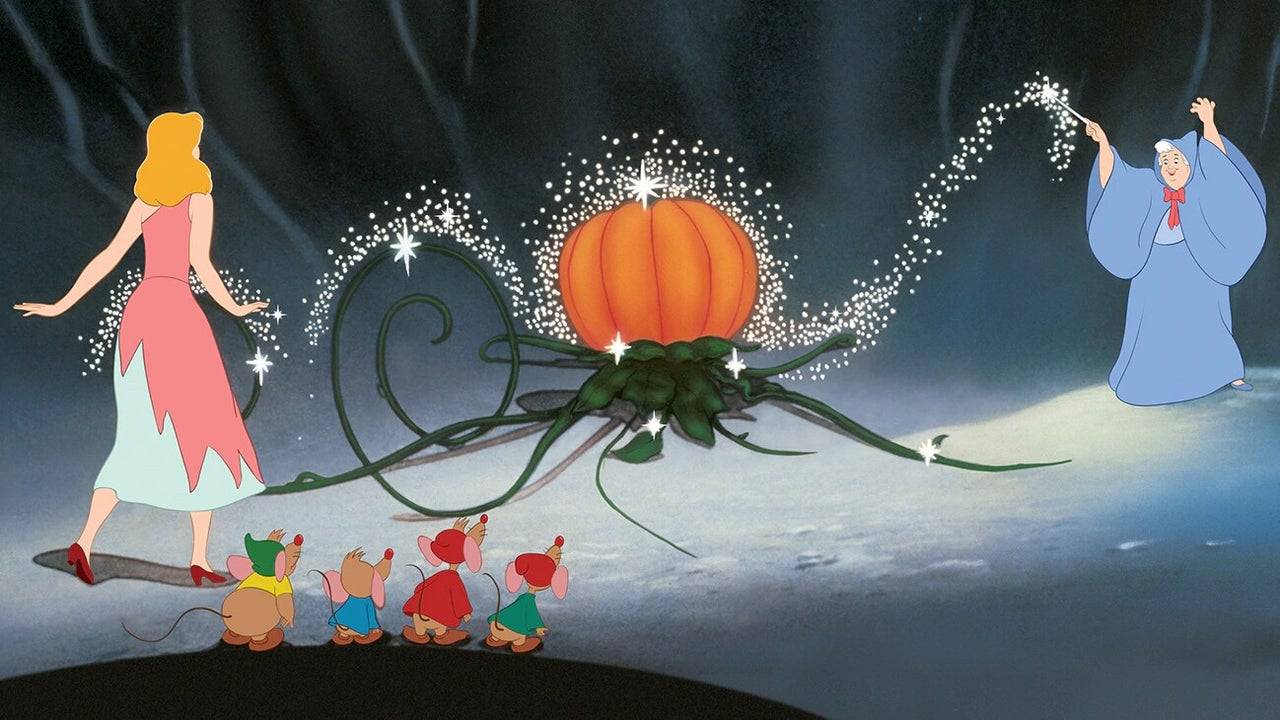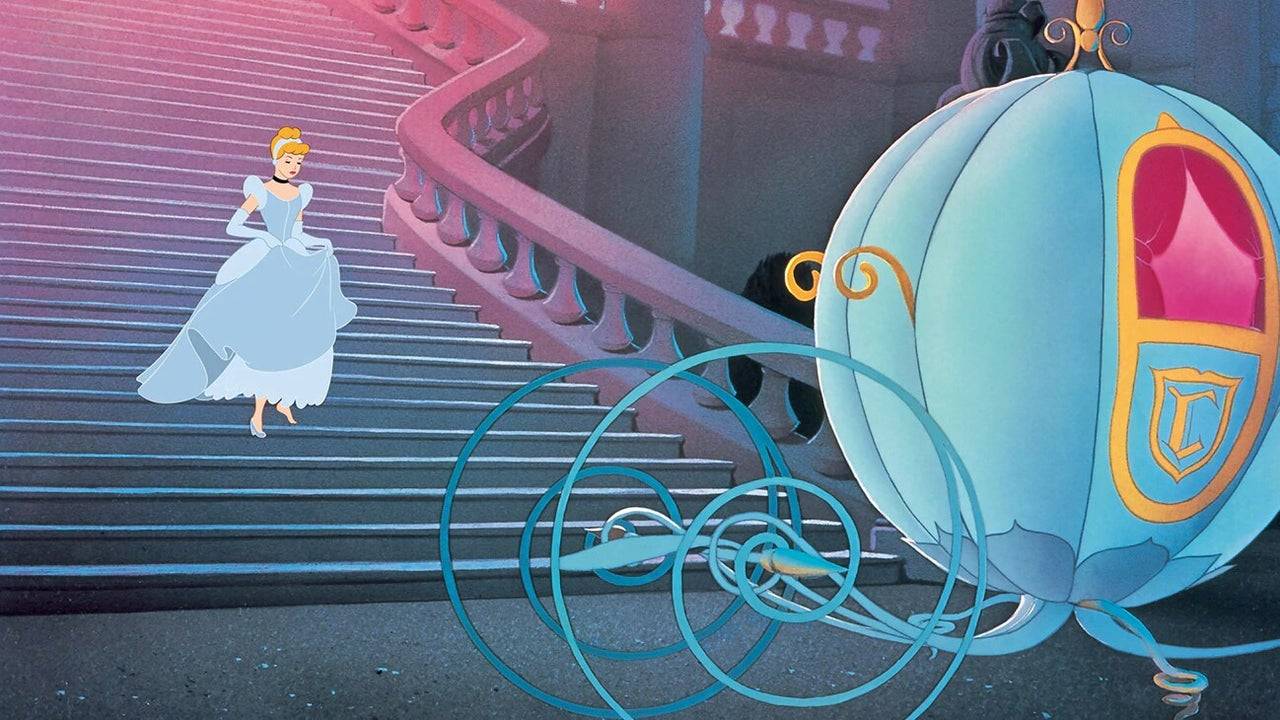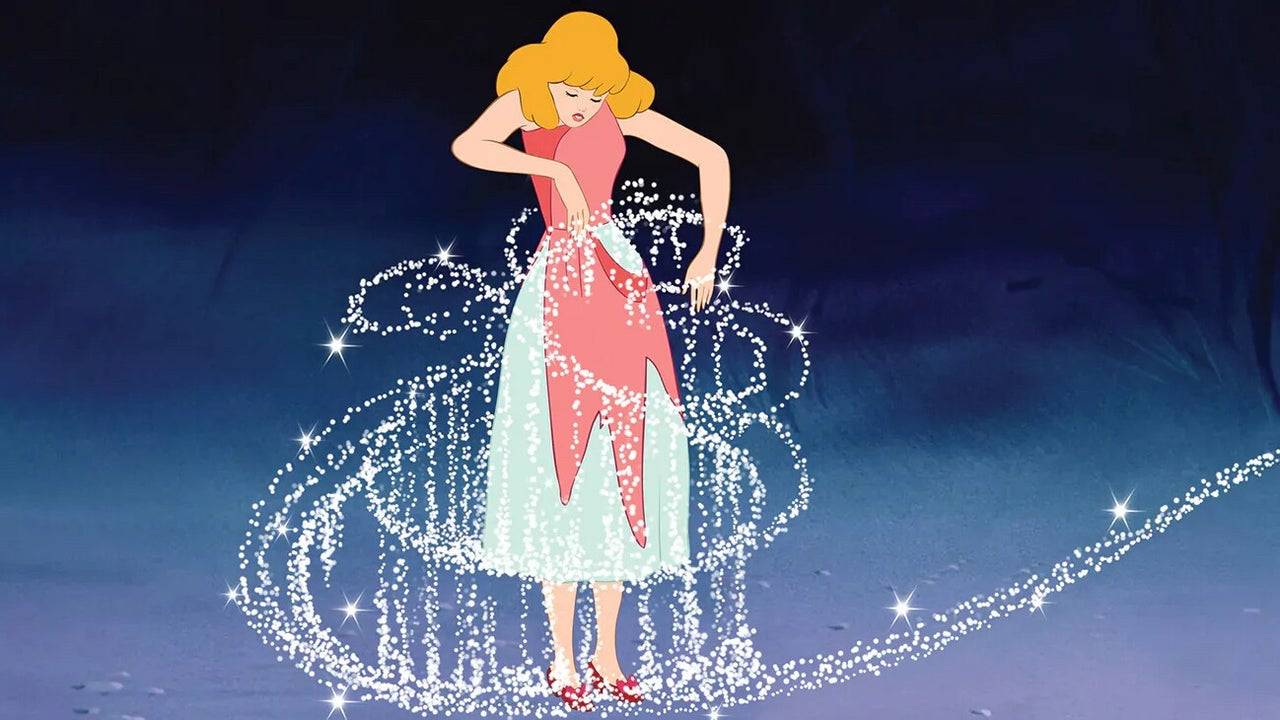by Violet Apr 01,2025
Just as Cinderella's dream was set to end at midnight, The Walt Disney Company faced its own midnight hour in 1947, grappling with a debt of approximately $4 million following the financial setbacks of Pinocchio, Fantasia, and Bambi, exacerbated by World War II and other challenges. However, it was the beloved princess and her iconic glass slippers that saved Disney from concluding its animation story prematurely.
As Cinderella celebrates its 75th anniversary of its wide release on March 4, we've engaged with several Disney insiders who continue to draw inspiration from this timeless tale of rags to riches. This story not only parallels Walt Disney's own journey but also rekindled hope within the company and a post-war world yearning for something to believe in once more.
The Right Film at the Right Time --------------------------------To understand the significance of Cinderella, we must revisit Disney's fairy godmother moment in 1937 with Snow White and the Seven Dwarfs. Its unprecedented success, holding the title of the highest-grossing film until Gone with the Wind surpassed it, enabled Disney to establish its Burbank studio, still its headquarters today, and paved the way for more animated feature films.
However, Disney's next venture, Pinocchio in 1940, despite its critical acclaim and Academy Awards for Best Original Score and Best Original Song, incurred a loss of about $1 million on a $2.6 million budget. This pattern continued with Fantasia and Bambi, further deepening the studio's financial woes. The primary reason was the outbreak of World War II, which began with Germany's invasion of Poland in September 1939, severely impacting Disney's European markets.
"Disney's European markets dried up during the war, and films like Pinocchio and Bambi couldn't be shown there, leading to poor performance," explained Eric Goldberg, co-director of Pocahontas and lead animator on Aladdin's Genie. "The studio was then commissioned by the U.S. government to produce training and propaganda films, and throughout the 1940s, Disney shifted to creating Package Films like Make Mine Music, Fun and Fancy Free, and Melody Time. These were excellent projects but lacked a cohesive narrative from start to finish."

Package Films were compilations of short cartoons assembled into feature-length films. Disney produced six of these between Bambi in 1942 and Cinderella in 1950, including Saludos Amigos and The Three Caballeros, which were part of the U.S.'s Good Neighbor Policy to counter Nazism in South America. While these films managed to break even and Fun and Fancy Free reduced the studio's debt from $4.2 million to $3 million by 1947, they hindered the studio's ability to produce full-length animated features.
"I wanted to get back into the feature field," Walt Disney expressed in 1956, as quoted in The Animated Man: A Life of Walt Disney by Michael Barrier. "But it required significant investment and time. A good cartoon feature demands a lot of both. My brother Roy and I had a heated discussion... It was one of my biggest upsets... I said we're going to either move forward, get back into business, or liquidate and sell out."
Facing the possibility of selling his shares and leaving the company, Walt and Roy chose the riskier path, betting everything on their first major animated feature since Bambi. If this gamble failed, it could have spelled the end for Disney's animation studio.
"At this time, Alice in Wonderland, Peter Pan, and Cinderella were all in development, but Cinderella was chosen first due to its similarities to Snow White," said Tori Cranner, Art Collections Manager at Walt Disney Animation Research Library. "Walt recognized that post-war America needed hope and joy. While Pinocchio is a beautiful film, it's not as joyful as Cinderella. The world needed a story of rising from the ashes to something beautiful, and Cinderella was the perfect choice for that moment."
Walt's connection to Cinderella dates back to 1922 when he created a Cinderella short at Laugh-O-Gram Studios, just before founding Disney with Roy. This short, and later the feature film, were inspired by Charles Perrault's 1697 version of the tale, which may have originated between 7 BC and AD 23 by the Greek geographer Strabo. It's a classic narrative of good versus evil, true love, and dreams coming true, which deeply resonated with Walt.

"Snow White was a kind and simple girl who believed in wishing and waiting for her Prince Charming," Walt Disney remarked, as seen in Disney's Cinderella: The Making of a Masterpiece special DVD feature. "Cinderella, however, was more practical. She believed in dreams but also in taking action. When Prince Charming didn't come, she went to the palace to find him."
Cinderella's character, resilient despite her mistreatment by her Evil Stepmother and Stepsisters, mirrored Walt's own journey from humble beginnings, filled with failures and challenges, yet driven by an unwavering dream and work ethic.
Walt's vision for Cinderella evolved from a Silly Symphony short in 1933 to a feature film by 1938, though it took over a decade to reach the screen due to the war and other factors. This time allowed the film to develop into the beloved classic we know today.
"Disney excelled at reimagining these age-old fairytales, infusing them with his unique taste, entertainment sense, heart, and passion," Goldberg noted. "These tales, often grim and cautionary, were transformed into universally appealing stories, modernizing them for all audiences."
Cinderella's animal friends, including Jaq, Gus, and the birds, provided comic relief and allowed Cinderella to express her true self, while the Fairy Godmother, reimagined as a bumbling grandmother by animator Milt Kahl, added relatability and charm. The iconic transformation scene, where Cinderella's belief in herself manifests into a life-changing night, remains a highlight, with the dress transformation often cited as Walt's favorite animation, thanks to the meticulous work of Disney Legends Marc Davis and George Rowley.
Thanks so much for all your questions about Cinderella! Before we sign off, enjoy this pencil test footage of original animation drawings of the transformation scene, animated by Marc Davis and George Rowley. Thanks for joining us! #AskDisneyAnimation pic.twitter.com/2LquCBHX6F
— Disney Animation (@DisneyAnimation) February 15, 2020
"Every sparkle in that scene was hand-drawn and painted, which is mind-blowing," Cranner said. "There's a perfect moment where the magic holds for a fraction of a second before the dress changes, adding to the scene's magic."
The addition of the breaking glass slipper at the film's end further emphasized Cinderella's agency and strength, showcasing her as the hero of her own story.
"Cinderella is not a bland protagonist; she has personality and strength," Goldberg emphasized. "When the slipper breaks, she presents the other one she's been holding onto, demonstrating her control and power."
Cinderella premiered in Boston on February 15, 1950, and had its wide release on March 4, earning $7 million on a $2.2 million budget, becoming the sixth-highest grossing film of 1950 and receiving three Academy Award nominations.
"When Cinderella was released, critics hailed it as a return to form for Walt Disney," Goldberg said. "It was a huge success, and the studio regained its narrative feature momentum, leading to films like Peter Pan, Lady and the Tramp, Sleeping Beauty, 101 Dalmatians, and The Jungle Book."
Seventy-five years later, Cinderella's influence continues to grow, evident in the iconic castles at Walt Disney World and Tokyo Disneyland, and in the opening sequences of Disney films inspired by her tale and that of Sleeping Beauty.
Her legacy is also seen in modern Disney films, such as the dress transformation scene in Frozen, animated by Becky Bresee and effects artist Dan Lund, which pays homage to Cinderella's magical moment.

The contributions of the Nine Old Men and Mary Blair to Cinderella's distinct style and character are also noteworthy. As Eric Goldberg aptly summarized, "Cinderella's biggest message is hope. It shows that perseverance and strength can lead to dreams coming true, no matter the era."
Zenless Zone Zero Update Cycle Leak Hints at Future Content cadence
All Mavuika Materials, Kit, and Constellations in Genshin Impact
Best Xbox Game Pass Games For Kids (January 2025)
Marvel Rivals: Season 1 Dracula Explained
Solo Leveling: Global Tournament Draws Near
Power Rangers: Uncover Hidden Secrets in Rita's Carnival and Cemetery
Counterfeit Bank Simulator: Minting Solution for Economic Crises
Roblox: Anime Auras RNG Codes (January 2025)